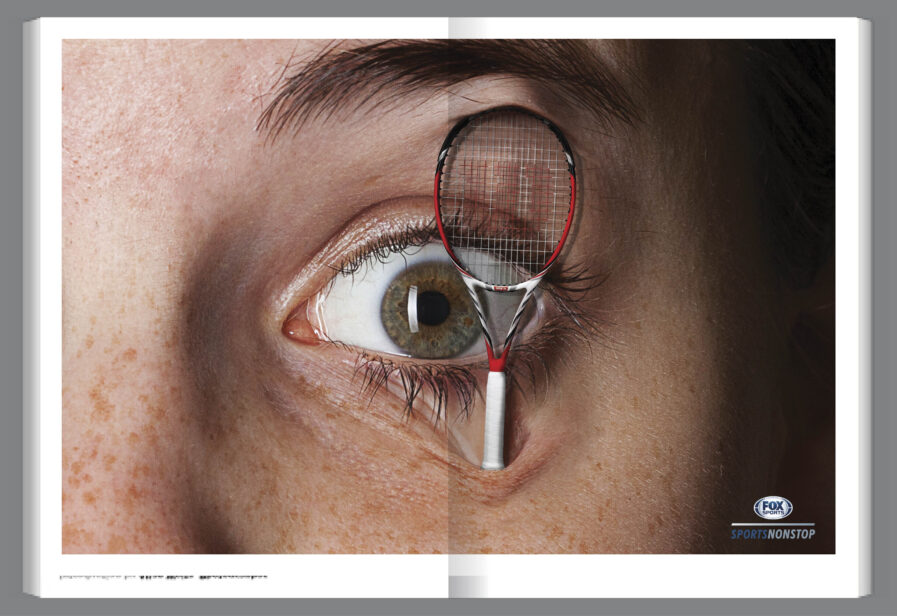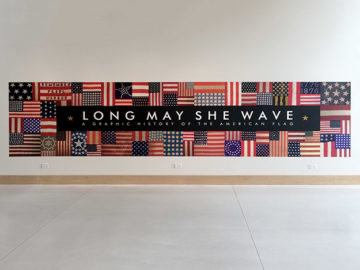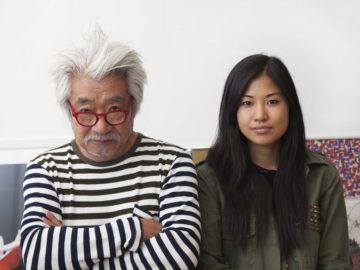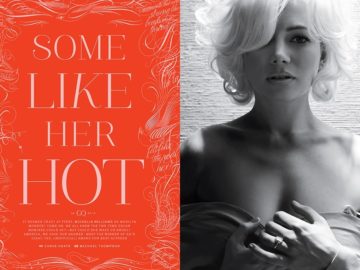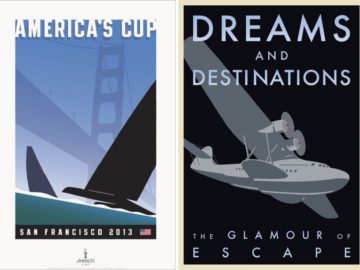Richard Wilde is chair emeritus after a 50-year career at the School of Visual Arts. He was the founder and chair of the BFA Design department and chair of the BFA Advertising department. He has won hundreds of professional awards, including being a laureate of the Art Directors Club Hall of Fame and a laureate of the One Club Hall of Fame. Richard has written several books on design education, documenting the work done in his legendary visual literacy class, in addition to publishing more than 30 books. The most recent publication about Richard is Honoring the Legacy of the Wilde Years by Graphis. Richard’s proudest achievement is that during the 10 years prior to his retirement, his students won more major awards than all other art schools in the US combined.


